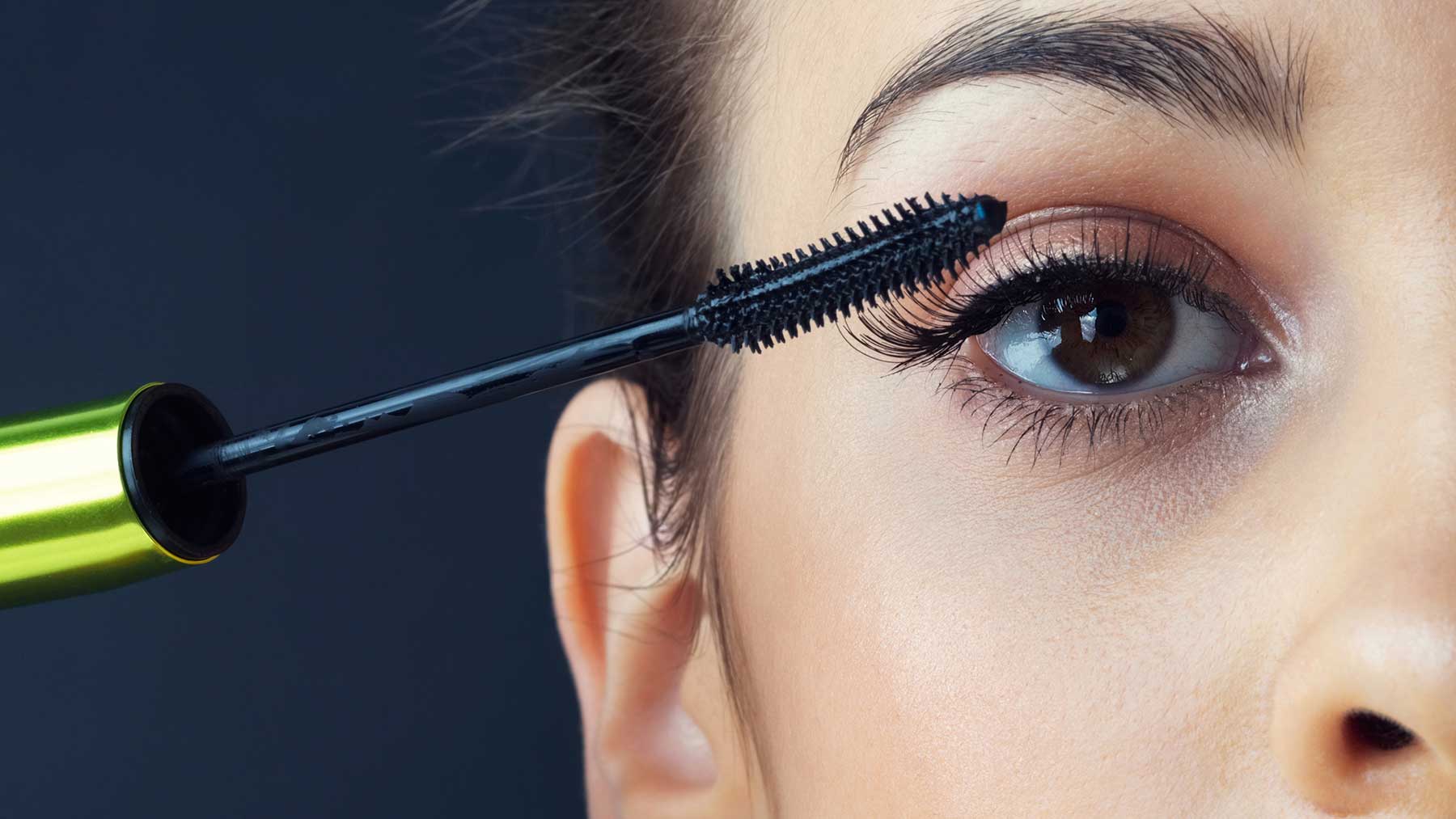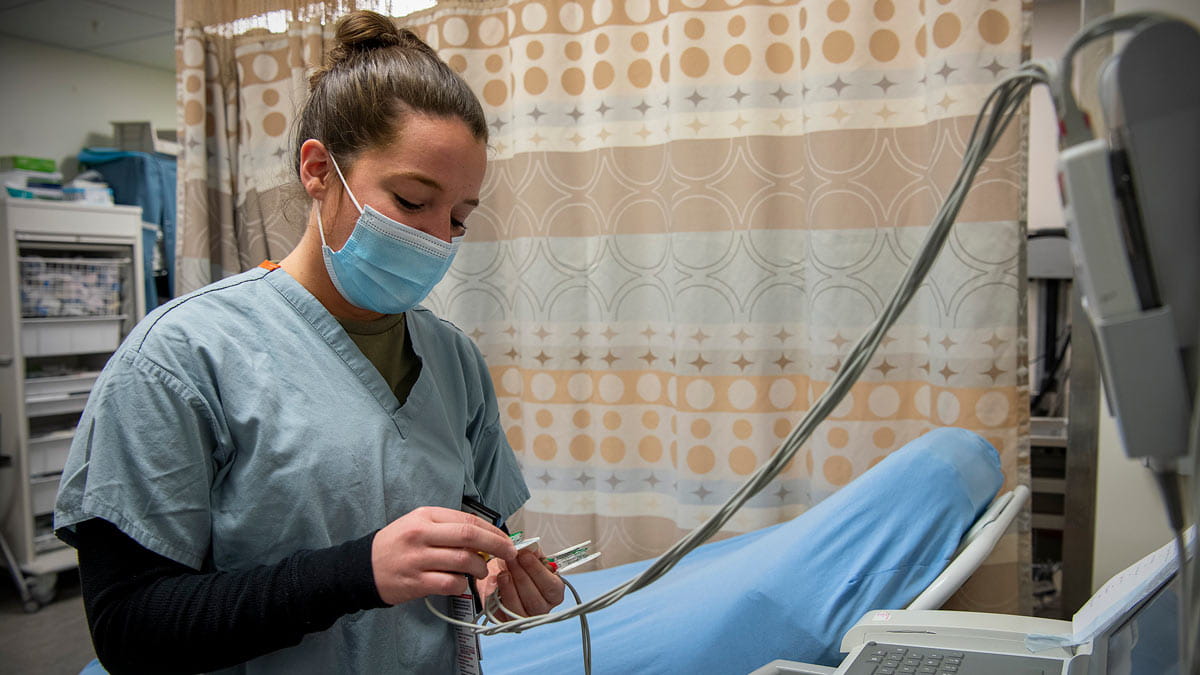Are mascara and eyeliner bad for your eyes?

Makeup products, including mascara and eyeliner, are an important part of many people’s beauty regimens. However, bad habits and poor makeup hygiene can lead to problems involving your eyes and eyelids. Additionally, if you have sensitive skin, you may be more prone to allergy and irritation resulting from cosmetics.
Put simply, by applying makeup correctly and practicing good hygiene techniques, you can avoid many unwanted eye problems.
1. Avoid applying eyeliner to your eyelid margins
The edges of your eyelids (the eyelid margins, near where your eyelashes grow) contain important oil glands called the meibomian glands. These oil glands provide the oily component of the tear film that lubricates your eyes.Makeup can block these oil glands, causing an unstable tear film that evaporates too quickly. This can lead to issues with dry eye and irritation.
Applying eye makeup at the “waterline” – behind the lash line, where your eyelid meets your eye – is more likely to block the meibomian oil glands. Additionally, applying eye makeup to the waterline may increase the amount of cosmetic that enters your tear film and therefore contacts the surface of your eyes. Products such as glitter may be more likely to do this.
This is not only irritating, but may also potentially expose your eyes to harmful bacteria. If you want to apply eyeliner, make sure you do so on the side of your eyelashes that is farther from your eye.
2. Remove makeup before bed
Taking makeup off before bed allows your eyes and eyelids to take a break from any potential inflammatory and irritating makeup particles. Remove your makeup every evening with a gentle makeup remover. Be sure to remove your contact lenses first! Some people with sensitive skin or a history of allergies may benefit from a hypoallergenic makeup remover.Health tip: A gentle alternative to clean your eyelashes and remove makeup is baby shampoo.
3. Throw away old makeup
Eye makeup, especially mascara, provides a moist environment that can act as the perfect breeding ground for bacteria. This puts you at risk for conjunctivitis, or pink eye. For this reason, it’s a good idea to dispose of any liquid or creamy eye makeup, including mascara and eyeliner, after three months. If your makeup becomes contaminated (for example, by touching something other than your eyelids), or if you develop pink eye, you should dispose of your eye makeup immediately.
4. Don’t share makeup brushes
Sharing makeup and cosmetic tools, such as makeup brushes, can facilitate the spread of bacteria. This increases the risk of infection of the eyelids and even of the eye itself. It may be wise to avoid samples at makeup stores for this reason.
5. Contact lens wearers may be at higher risk
Wearing contact lenses can increase the risk of eye problems such as irritation and infection, particularly with poor contact lens hygiene. If your makeup hygiene is subpar, these risks are even higher. However, with the appropriate contact lens hygiene and makeup hygiene, most people can safely incorporate both contact lenses and makeup into their daily routines.
Related: 6 Contact Lens no-nos
If you develop eye problems with your makeup, such as redness, pain, irritation, or vision changes, you should discontinue the use of all cosmetic products and see your eye care provider as soon as possible.
Dr. Mona Adeli is an ophthalmologist at The Ohio State University Wexner Medical Center. She specializes in treating conditions such as cataract, glaucoma, diabetic retinopathy and age-related macular degeneration.




